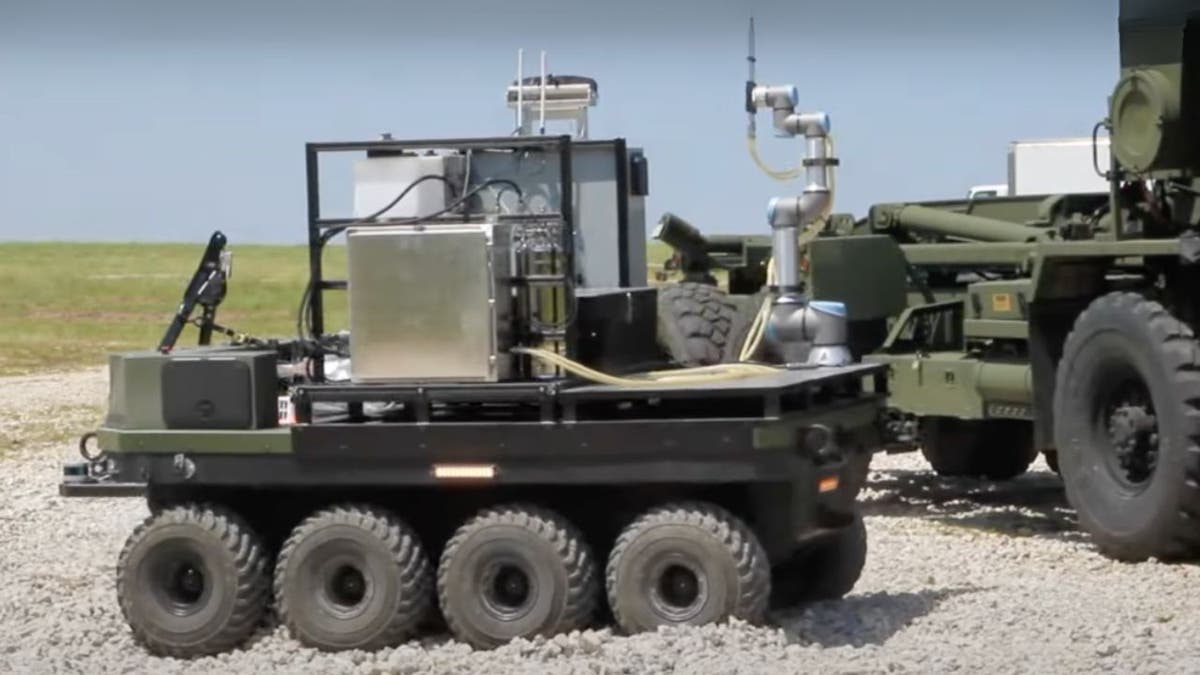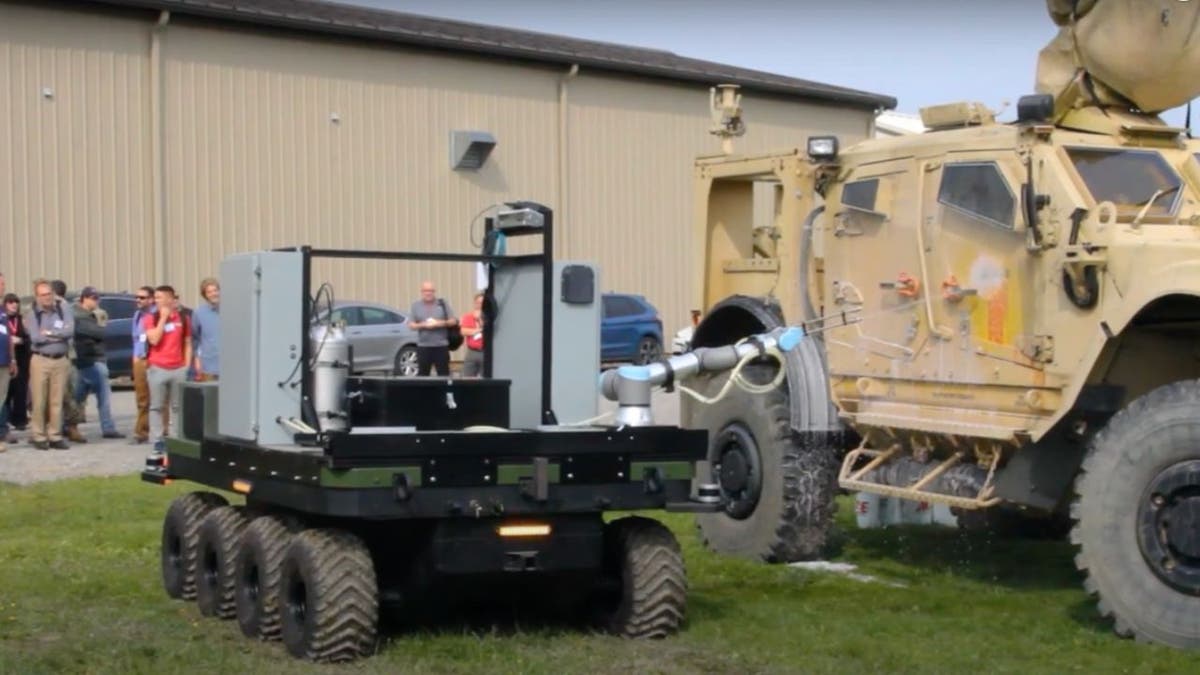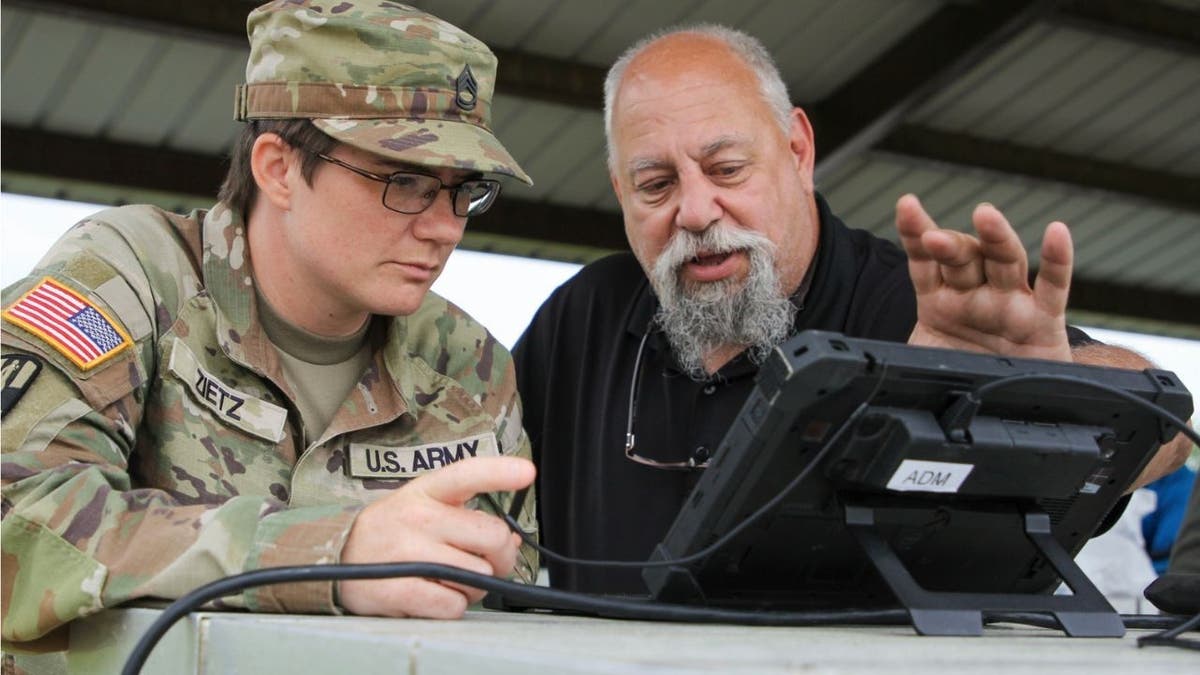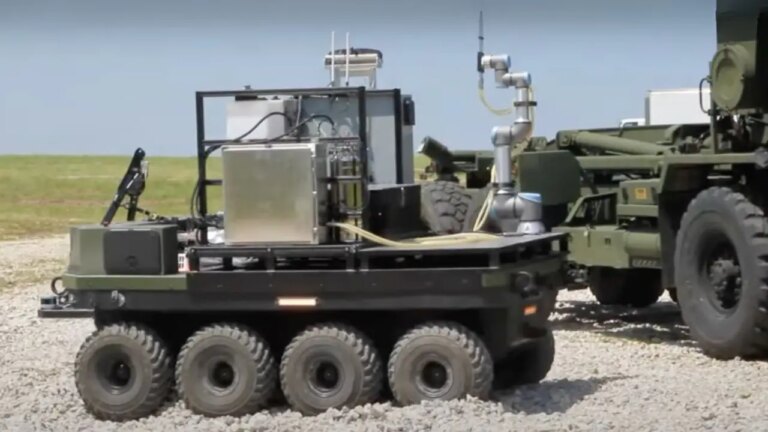Have you ever wondered how our brave soldiers deal with nasties like chemical and biological weapons? Currently, it’s a dangerous and time-consuming job. Soldiers must wear cumbersome NBC (Nuclear, Biological, Chemical) protective suits and spend about an hour decontaminating one vehicle. Not only is it uncomfortable, it’s a very dangerous job that puts the soldiers at direct risk.
But that’s about to change as the Army deploys a groundbreaking robotics technology: instead of soldiers donning bulky protective suits to clean contaminated vehicles, clever robots will do the dirty work.
Called the Autonomous Equipment Decontamination System, this new system is here to help keep soldiers safe. Let’s take a look at how this new technology is revolutionizing military operations and making the battlefield much safer for soldiers.
To get security alerts and expert tips, sign up for KURT’s newsletter – The Cyber Guy Report here
Autonomous Equipment Decontamination System (U.S. Army)
The threat of NBC weapons
Nuclear, chemical, and biological (NBC) weapons have long been a source of fear and deterrence in global conflicts. Although their use has been limited since World War I, their potential deployment in a rogue state or neighboring country conflict is a constant concern. Countries such as Iraq and Syria have demonstrated that these weapons still exist and can be used, and NATO and other military organizations regularly conduct NBC countermeasures training to prepare for potential threats.

Autonomous Equipment Decontamination System (U.S. Army)
A new breed of military AI robot dog could be the Marine Corps’ secret weapon
Decontamination challenges
Decontaminating vehicles and equipment exposed to chemical or biological weapons is a difficult task that poses great challenges. The work is not only time-consuming, but also extremely dangerous for the soldiers involved. The operation can take up to an hour and requires the efforts of 30 soldiers, all of whom must wear cumbersome NBC suits designed to protect them from exposure. These suits, while theoretically capable of being worn for long periods of time, are uncomfortable and restrict movement, making the decontamination operation even more difficult.
Here’s how clean freaks clean up dirty tech

Autonomous Equipment Decontamination System (U.S. Army)
Could these creepy dead, stuffed birds be used as military drones?
The emergence of robots
To address these challenges, the Army is developing an Autonomous Equipment Decontamination System. This innovative robotic system uses cameras and a mobile platform to identify contaminated areas and clean them without putting soldiers at risk. The system is expected to increase safety for soldiers in the field by taking on the dangerous task of decontamination.
How to stop annoying robocalls

Autonomous Equipment Decontamination System (U.S. Army)
US military jets fly with AI for 17 hours: should we be worried?
structure
Autonomous equipment decontamination systems use unmanned ground vehicles equipped with cameras to scan contaminated vehicle surfaces. As the cameras circle the vehicle, they transmit contamination data to an operator waiting safely in front of a computer. A robotic arm then uses this data to apply specialized cleaning solutions to identified hot spots. This approach not only protects soldiers from dangerous exposure, but also conserves precious decontamination agents that are often in limited supply during military operations.

Army personnel operating an autonomous equipment decontamination system. (U.S. Army)
Soldier Feedback
During a recent testing event called MSPIX (Mobility Support and Protection Integrated Experiment), Soldiers from the 1st Armored Division had the opportunity to operate the system and provide critical feedback, and their insights will play a key role in improving the technology to meet the needs of those on the front lines.
What is Artificial Intelligence (AI)?
The soldiers were enthusiastic about the system, emphasizing how it would enable them to effectively manage decontamination operations while still staying safe. They appreciated the user-friendly interface and the opportunity to communicate directly with the technology developers to ensure their requirements were taken into account.

Soldiers provide feedback on the Autonomous Equipment Decontamination System (U.S. Army)
merit
The autonomous equipment decontamination system offers several significant advantages. It reduces the risk to human life during decontamination operations by keeping soldiers away from dangerous contaminants. In addition, the system minimizes the time and soldiers required for these operations, allowing soldiers to focus on their primary mission. Moreover, by conserving water and decontamination agent resources, the system increases operational efficiency. Moreover, the ability to operate the system from a safe distance allows soldiers to remain safe while effectively managing potential threats.
Click here to get FOX Business on the go

Autonomous Equipment Decontamination System (U.S. Army)
Important points about the cart
The development of autonomous decontamination systems is a breakthrough in protecting soldiers from the hazards of chemical and biological weapons. By harnessing the power of robotics and autonomous technology, military forces are not only mitigating the risk to human life, but also making decontamination procedures far more efficient. As this technology advances, it is becoming an essential tool in modern warfare, allowing military personnel to operate safely and effectively in hazardous environments.
In a world where the threat of nuclear, chemical and biological weapons remains real, innovations like these are essential to ensuring the safety and effectiveness of our military. It’s comforting to think of how these advances help protect our service members and keep them out of harm’s way.
Click here to get the FOX News app
What do you think about the impact of technology on soldier safety? Do you think robotic systems are the future of military operations? We’d love to hear from you. Cyberguy.com/Contact Us.
If you want to receive more of my tech tips and security alerts, subscribe to the free CyberGuy Report newsletter at the link below. Cyberguy.com/Newsletter.
Have a question for Kurt or tell us the story you’d like to see featured?.
Follow Kurt on his social channels:
Answers to the CyberGuy’s most frequently asked questions:
New Arrivals from Cart:
Copyright 2024 CyberGuy.com. All Rights Reserved.



